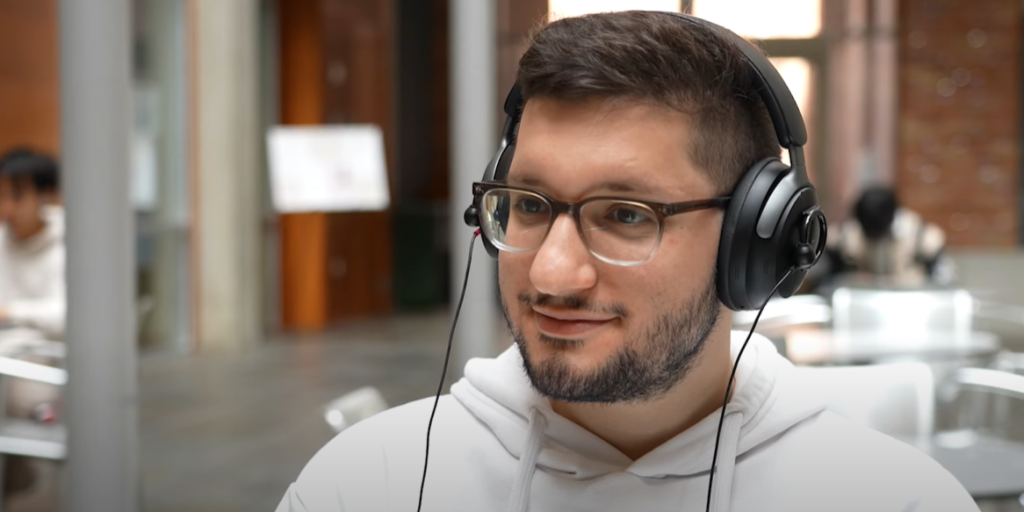Researchers at the University of Washington have created headphones that can isolate a single voice from a cacophony of sounds.
Others are reading now
Imagine sitting in an open office space.
Behind you, the manager is on the phone with a client, and somewhere else, three colleagues are chatting about their plans for the weekend. All the noise makes it hard to concentrate on the email you are writing, so you put on noise-cancelling headphones. But in front of you, your team lead wants to discuss a sales pitch.
In the near future, this scenario will no longer be a problem.
Researchers at the University of Washington are currently developing a new pair of sound-cancelling headphones that make it possible to isolate sound from a single source while blocking out other noises.
Also read
How It Works
The key to this technology is artificial intelligence, which detects where the wearer is looking and isolates the sound from that direction.
Using the headphones is simple:
-
Look at the sound source: The wearer needs to look at the person or source they want to hear for three to five seconds.
-
AI detection: The AI in the headphones detects the direction of the wearer’s gaze and isolates the sound from that source.
“With our product, you can now clearly hear a single speaker, even in a noisy environment with many other people talking,” says Shyam Gollakota, a professor of computer science at the University of Washington.
After the initial detection, you don’t need to keep looking at the sound source. You can move freely while continuing to hear the isolated voice, with other sounds filtered out. The system is called “Target Speech Hearing.”
Artificial intelligence enables the headphones to identify and isolate the desired sound source.
The user presses a button to start recording while facing the sound source. The microphones capture the sound waves and send them to a computer, which learns the speaker’s voice. The longer the person speaks, the clearer their voice becomes, as the system receives more data.
While the technology shows great promise, developers have faced challenges, particularly in isolating a single voice if another loud sound comes from the same direction.
The University of Washington has made the data for the proof of concept available to the public to encourage further development and collaboration on the project.


